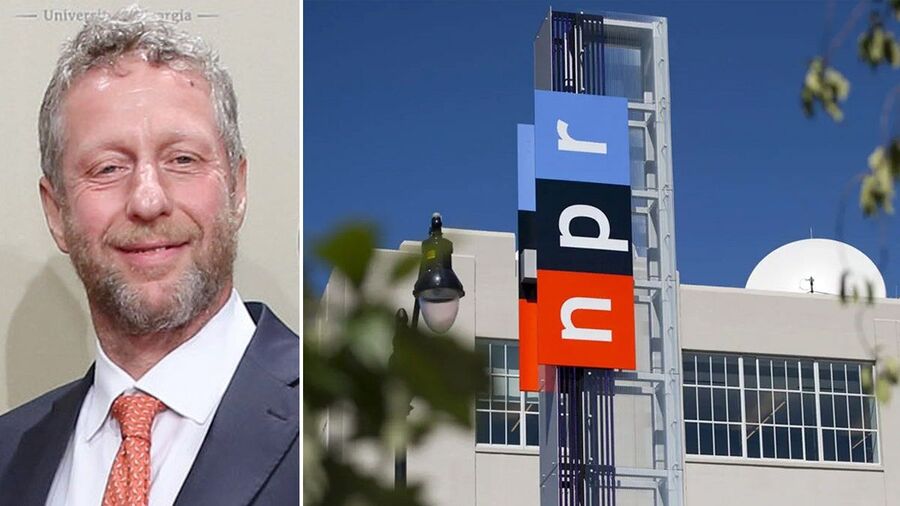
“Capitalism is the legitimate racket of the ruling class.”
~ Al Capone
By now, a large and growing fraction of our country's population knows that the quality of life of "the 99 percent," supported by less and less income and a smaller and smaller share of humanity's useful and usable production, is in serious decline. Except for the most fortunate of Earth's human cohort of life, current trends include growing economic insecurity, seriously declining health due to intentional planet-wide poisoning, ever larger swaths of the country's real wealth going to very few, a rising tide of violence both at home and around the world, and a tightening noose of censorship and surveillance. The list gets longer every year and has been getting visibly longer since sometime in the late 1950s.
None of this is an accident. Our "problems" are the predictable outcomes of a system — a predatory system — that has been carefully and inexorably designed, outfitted, and inflicted on others for centuries. The rate of destruction of societies, cultures, and whole countries, and the liquidation of the Earth and its life capacities, has increased exponentially for hundreds of years now.
Those running the crime syndicate that designs and runs the system are people too dim or too arrogant to know that they've assembled a system that's inherently suicidal. It has multiple reinforcing feedback loops that are called "success to the already successful" in systems language. There are no balancing feedback loops anymore (they've systematically stripped those away over time), so such a system will always self-destruct. There are no exceptions.

Comment: There is support for Berliner:
The essay that set off the storm:
I've been at NPR for 25 years. Here's how we lost America's trust